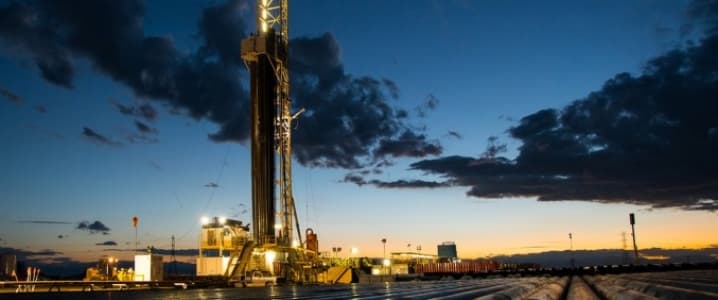The shale revolution has changed the U.S. natural gas production and trade dynamics forever. Domestic output and exports have been rising, to the point where the U.S. is poised to become a natural gas net exporter in the second quarter of next year, the EIA said last month.
In this scenario of abundant resources, U.S. companies have been planning on building pipelines and LNG export terminals to ship domestically-produced natural gas to Mexico, Canada and to future LNG export hubs along the coast. These exports hubs will be used for further LNG shipments to markets in South America, Asia, Europe, and the Middle East.
Since Cheniere Energy (NYSEMKT:LNG) shipped the first U.S. LNG commissioning cargo out of its Sabine Pass LNG terminal en route to Brazil in February of this year, the terminal has exported an estimated 113 Bcf of LNG to 12 countries worldwide, the EIA said last month. More than half of those exports were bound to South America and the Caribbean, followed by India and China in Asia, the Middle East (UAE, Kuwait, and Jordan), Europe (Portugal and Spain), and Mexico.
The Sabine Pass LNG terminal is currently the U.S.’s only LNG export terminal, but four other export terminals are currently under construction. As of September 21, 2016, seventeen others had been proposed or were pending various authorizations.
Almost all of the proposals are for terminals along the Gulf Coast, which will benefit from the expanded Panama Canal, now that it is able to accommodate 90 percent of the current LNG tankers in the world, compared to just 6 percent before the expansion. The extended canal is also significantly shortening travel time and transportation costs for the U.S. Gulf LNG exports, which docked in China for the first time in late August.
Now a U.S. Gulf Coast shipment to Japan via the Panama Canal takes 20 days, compared to 34 days for a trip around the southern tip of Africa, and 31 days via the Suez Canal. A considerable advantage when Japan, South Korea, China, and Taiwan account for nearly two-thirds of global LNG imports, according to the EIA. Related: IEA Pours Cold Water On Oil Price Rally
Apart from the Asian demand, U.S. LNG exports can take advantage of the spread between the U.S. and Asian prices of gas, which, unlike oil, does not have global price benchmarks. Even though the U.S. Henry Hub gas prices have risen to $3/MMBtu for the first time in nearly two years, a recent Deloitte survey has shown that oil and gas professionals expect Asian natural gas prices to continue to be much higher than the Henry Hub price until 2020. A total of 81 percent of respondents believe international prices will range from US$5-10 per MMBtu.
Along with LNG exports, the U.S. is also increasingly shipping natural gas via pipelines to Mexico to meet growing gas demand there, as its southern neighbor is replacing oil with natural gas as a power generation fuel. In order to seize the market opportunity of high demand abroad and abundant gas at home, U.S. companies—in cooperation with Mexican and Canadian ones—will bring additional cross-border pipelines online to export natural gas to Mexico between 2017 and 2019.
These are the Trans-Pecos Pipeline of Energy Transfer Partners (NYSE:ETP); the Nueva Era Pipeline System of Howard Energy Partners (HEP) and Mexico’s Grupo Clisa; the Roadrunner Gas Transmission project of ONEOK Partners (NYSE:OKS); Spectra Energy Corp’s (NYSE:SE) Nueces-to-Brownsville Pipeline Project ; and the Sur de Texas-Tuxpan Natural Gas Pipeline of TransCanada Corporation (NYSE:TRP) in a joint venture with Mexico’s IEnova and Infraestructura Marina del Golfo (IMG).
In a nutshell, additional gas exporting infrastructure will be key to the efforts of the U.S. gas shipping companies gaining shares in foreign markets.
By Tsvetana Paraskova for Oilprice.com
ADVERTISEMENT
More Top Reads From Oilprice.com:
- Dedicated Activists: The Next Big Threat For North-American Oil
- Oil Prices Under Fire From Rogue OPEC Members
- Nigerian Oil Swindle: How Did 57 Million Barrels Disappear?


















